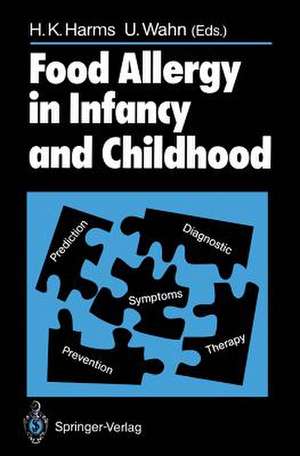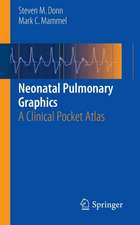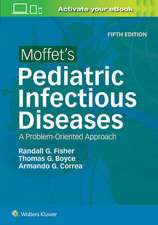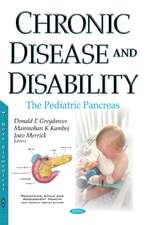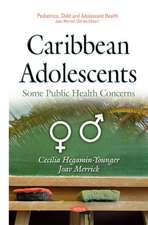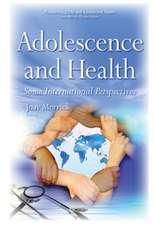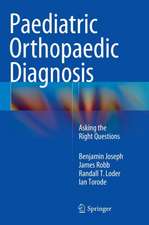Food Allergy in Infancy and Childhood
Editat de H. K. Harms, U. Wahnen Limba Engleză Paperback – 17 apr 1989
Preț: 709.14 lei
Preț vechi: 746.47 lei
-5% Nou
Puncte Express: 1064
Preț estimativ în valută:
135.76€ • 141.65$ • 113.80£
135.76€ • 141.65$ • 113.80£
Carte tipărită la comandă
Livrare economică 13-27 martie
Preluare comenzi: 021 569.72.76
Specificații
ISBN-13: 9783540506362
ISBN-10: 3540506365
Pagini: 240
Ilustrații: XIV, 222 p. 13 illus.
Dimensiuni: 133 x 203 x 13 mm
Greutate: 0.25 kg
Editura: Springer Berlin, Heidelberg
Colecția Springer
Locul publicării:Berlin, Heidelberg, Germany
ISBN-10: 3540506365
Pagini: 240
Ilustrații: XIV, 222 p. 13 illus.
Dimensiuni: 133 x 203 x 13 mm
Greutate: 0.25 kg
Editura: Springer Berlin, Heidelberg
Colecția Springer
Locul publicării:Berlin, Heidelberg, Germany
Public țintă
ResearchDescriere
Since the beginning of the century when HAMBURGER, SCHLOSS MANN, and MORO first described food allergy in infants being fed with cow's milk, this topic has been the subject of very con troversial discussions among pediatricians. The dispute is illus trated by markedly fluctuating incidence figures, ranging from denial of the disease to incidence rates up to one in ten infants. The explanation for the differing incidence figures lies in the lack of a single laboratory test which is simple as well as applicable and reliable for all clinical and immunological reactions. Even though the classic allergic hypersensitivity reactions mediated by specific IgE antibodies are relatively clearly defined, there still exist other more complex immune responses which are more dif ficult to recognize. In the fall of 1987 internationally renowned experts from var ious fields met to define and discuss the fundamentals, organic manifestations, and the current status of diagnosis, treatment, and prevention of food allergy in childhood. The results have been collected in the volume in hand, in hopes that it will encourage more public involvement in the discussion of this illness, which is fortunately mostly transient.
Cuprins
Biochemical Characteristics of Food Allergens.- Mucosal Passage and Handling of Food-Protein Antigens.- Immune Responses of the Young to Foods: Developmental Aspects of Food Allergy.- The Physiological Humoral Immunologic Response to Alimentary Antigens.- Food Antigens in Human Milk.- Pseudo-Allergic Reactions to Food.- Clinical Recognition of the Child with Food Allergy.- Gastrointestinal Manifestations of Food Allergy in Childhood.- The Significance of Food Allergy in Atopic Dermatitis.- Food Allergy and Asthma.- Food Allergy and Disorders of the Central Nervous System in Childhood.- The Relevance of History for the Diagnosis of Cow’s Milk Allergy: A Prospective Study in Danish Infants.- IgE-Mediated Allergies.- Relationship of Histamine Release and Other In Vitro Methods to Oral Provocation Test in Hen’s Egg Allergic Patients.- Modification of Intenstinal Permeability to Large Molecules During Oral Provocation Tests in Children with Cow’s Milk Sensitive Enteropathy and Atopic Dermatitis.- Whole Cow’s Milk Versus Hydrolysed Infant Formulae: Analysis of Systemic Immune Responses and Antigenic Cross-Reactivities.- The Binding Capacity of IgE to Hypoallergenic Nutrients.- How Allergenic are “Hypoallergenic” Formulas.- Experience with Hypoallergenic Formulas in the Treatment of Food Allergy in Infancy.- Sodium Cromoglycate in the Management of Food Allergy in Children.- Food Allergy — Epidemiology Prediction.- Prolonged Exclusive Breast-Feeding as a Determinant of Infantile Atopy and Infections.
